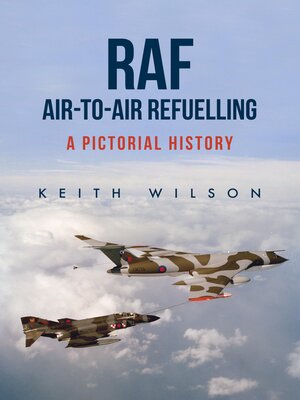
Sign up to save your library
With an OverDrive account, you can save your favorite libraries for at-a-glance information about availability. Find out more about OverDrive accounts.
Find this title in Libby, the library reading app by OverDrive.



Search for a digital library with this title
Title found at these libraries:
| Library Name | Distance |
|---|---|
| Loading... |
Once man had mastered the ability to fly, there came the desire to fly faster, higher and further with increased payloads. Some of the earliest experiments with air-to-air refuelling occurred in the 1920s and as long-distance record attempts progressed, Alan Cobham was in the thick of it. Cobham would later revolutionise air-to-air refuelling, initially with the 'Grapple-line looped-hose' system, along with the formation of Flight Refuelling Limited (FRL). By the 1930s, the emphasis was on transatlantic flights – especially by providing a faster postal service between Europe and the USA. With the advent of the Cold War, the need for air-to-air refuelling became a clear military requirement. When Boeing announced the Model 367-80, the USAF saw a unique opportunity and placed large orders for the KC-135A version. Meanwhile, the RAF also saw the necessity for tanker aircraft to support its new V-bomber force. Initially, surplus Valiant bombers were converted and later Vulcan and Victor aircraft too. Today, air-to-air refuelling is an essential part of modern warfare, providing both strategic and tactical tanking capabilities.This book is profusely illustrated with images from a variety of sources including the Air Historical Branch and the author's own extensive collection – many of which have never previously been published – and all are supported with a concise but informative text.







